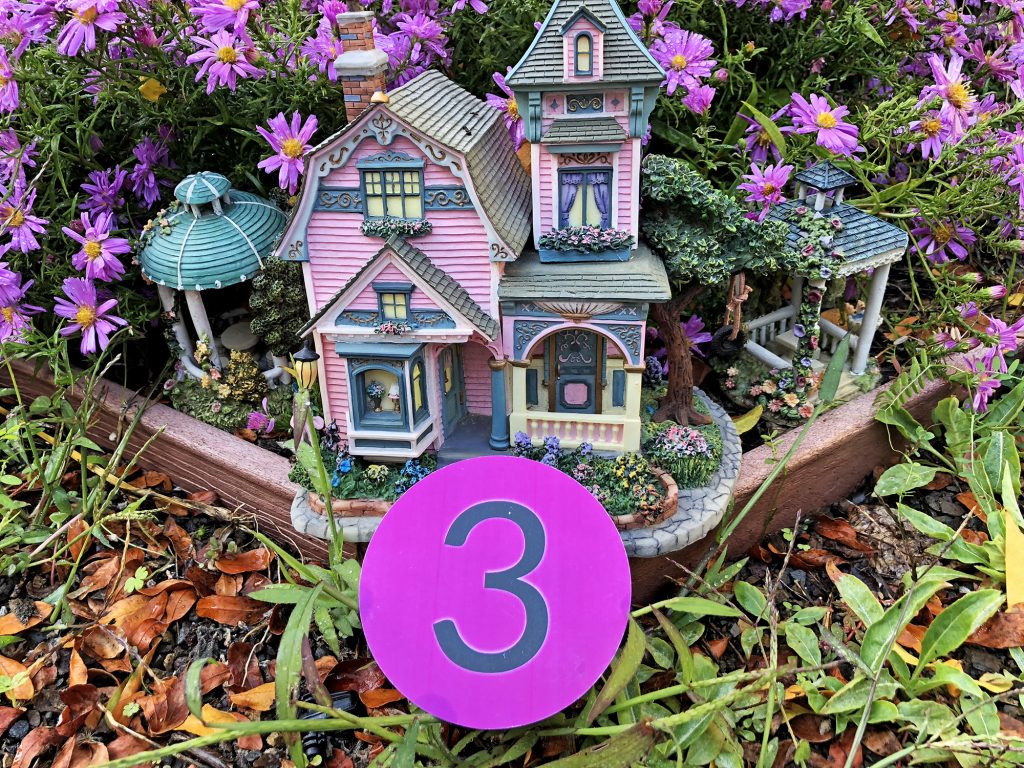
Wildlife Gardens
Wildlife Gardens
One of the most common interactions with animals is through wildlife gardening.
Learning Outcome: List key characteristics of a garden designed to support local animal species.

Many people maintain flower and/or vegetable gardens. Another option is planting a garden specifically designed to attract wildlife, especially animals.
This video lists the various components to add to a wildlife garden.
Watch this video; you can select the closed captioning “cc” option if you would like to see the text.
Probably the single most important component in a wildlife garden is a consistent water source.
These wasps are drinking from one of our bird fountains on a day exceeding 100 degrees Fahrenheit (scorched grass in the background).
This video outlines how flower gardens can be designed to attract specific animals.
In functioning garden soil, the animal community will include detritivores. This video provides an update on our dermestid beetle colony.
The next section focuses on beneficial animals found in garden environments.











